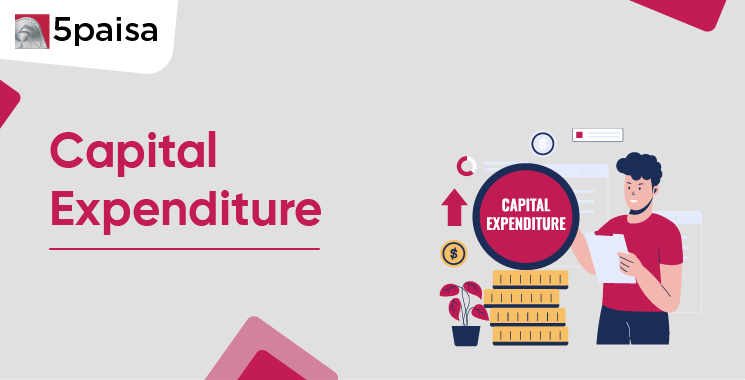Content
- Capex
- What is Capital Expenditure?
- Importance of Capital Expenditure
- Types of Capital Expenditure
- Example of Capital Expenditure
- How to Calculate Capital Expenditure & What is the Formula
- Significance of Capital Expenditure
- Challenges of Capital Expenditure
- Efficient Capital Expenditure Budgeting Practices
- Difference between Capital Expenditure and Revenue Expenditure
- Conclusion
Capex
Any entity or business evaluates income and expenses closely to understand profitability. Income refers to monetary return in exchange for goods or services offered. Expenses refer to costs incurred to generate income.
Expenses may be frequent or one-time. Similarly, the benefit derived from such expenses may be short-term or long-term.
Capital expenditure is one such type of expense.
Capital expenditure or CAPEX meaning refers to expenses incurred by an entity towards the acquisition, enhancement, or maintenance of long-term assets. Long-term assets include physical and fixed assets such as plant, property, or equipment with a useful life of greater than one financial year.
The purpose of capital expenditure is to improve the productivity or capability of the company.
More Articles to Explore
- Difference between NSDL and CDSL
- Lowest brokerage charges in India for online trading
- How to find your demat account number using PAN card
- What are bonus shares and how do they work?
- How to transfer shares from one demat account to another?
- What is BO ID?
- Open demat account without a PAN card - a complete guide
- What are DP charges?
- What is DP ID in a demat account
- How to transfer money from demat account to bank account
Disclaimer: Investment in securities market are subject to market risks, read all the related documents carefully before investing. For detailed disclaimer please Click here.
Frequently Asked Questions
Capex, or Capital Expenditure, refers to funds used by businesses to acquire, upgrade, or maintain physical assets like property, equipment, or infrastructure to support long-term operations and growth.
Capex involves long-term investments in assets, while Opex (Operating Expenditure) covers regular day-to-day business expenses like rent, salaries, and utilities. Capex is capitalised; Opex is fully expensed.
Capital expenditure helps businesses expand capacity, improve efficiency, and support future growth. It reflects a company's strategic direction and long-term commitment to maintaining or enhancing operational capabilities.
Capex is listed on the balance sheet under fixed assets and depreciated over time. It also appears in the cash flow statement under investing activities, reflecting capital outlays.
Businesses finance Capex through internal reserves, equity funding, or external borrowing such as loans or bonds. The choice depends on available resources, cost of capital, and financial strategy.
Yes, Capex directly impacts cash flow as it involves substantial upfront spending. These outflows are shown under investing activities in the cash flow statement, reducing available cash temporarily.



